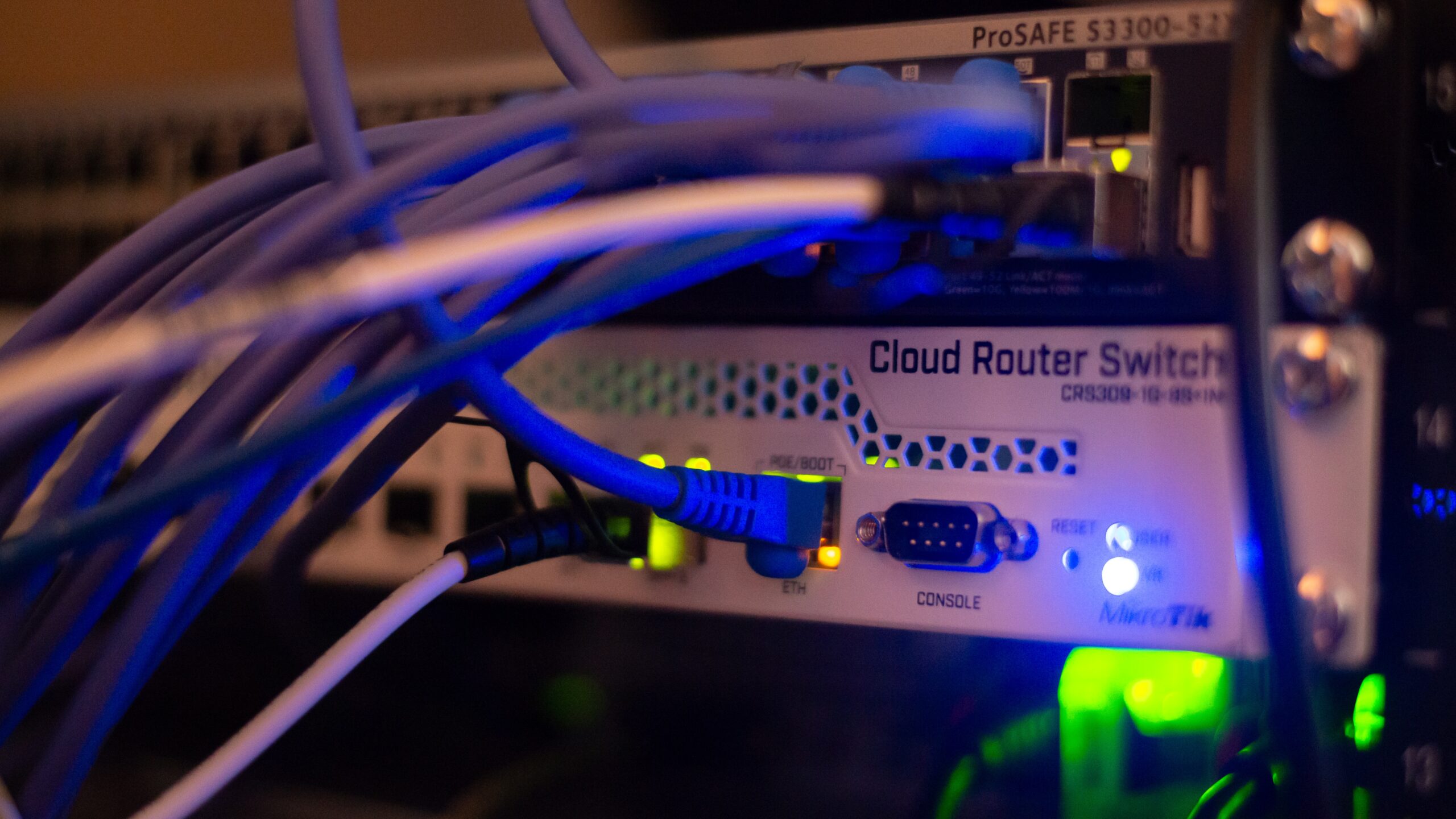
The Benefits of PoE Security Cameras for Your Business
When it comes to securing your business, surveillance systems are an essential investment. Whether you're looking to protect your assets, monitor staff activities, or simply enhance your overall security, having the right cameras in place is key. One of the most popular choices for modern security systems is Power-over-Ethernet (PoE) technology, which offers a range of benefits for businesses looking to streamline their operations and reduce costs. Here’s why PoE security cameras, along with the right CCTV cabling system, could be the perfect solution for your business in Atlanta, GA, or Pittsburgh, PA.







